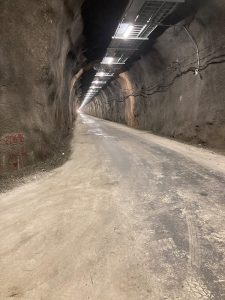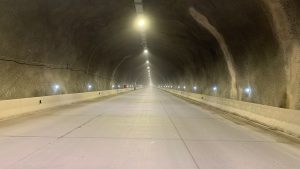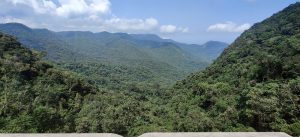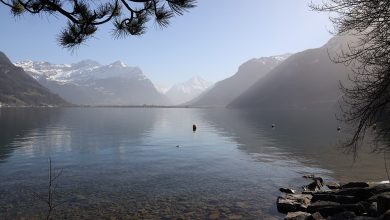In the Brazilian state of São Paulo, the Rodovia dos Tamoios serpentine road winds through the Serra do Mar mountain range. In the middle of it is Brazil’s longest tunnel. And technology from faraway Blomberg.
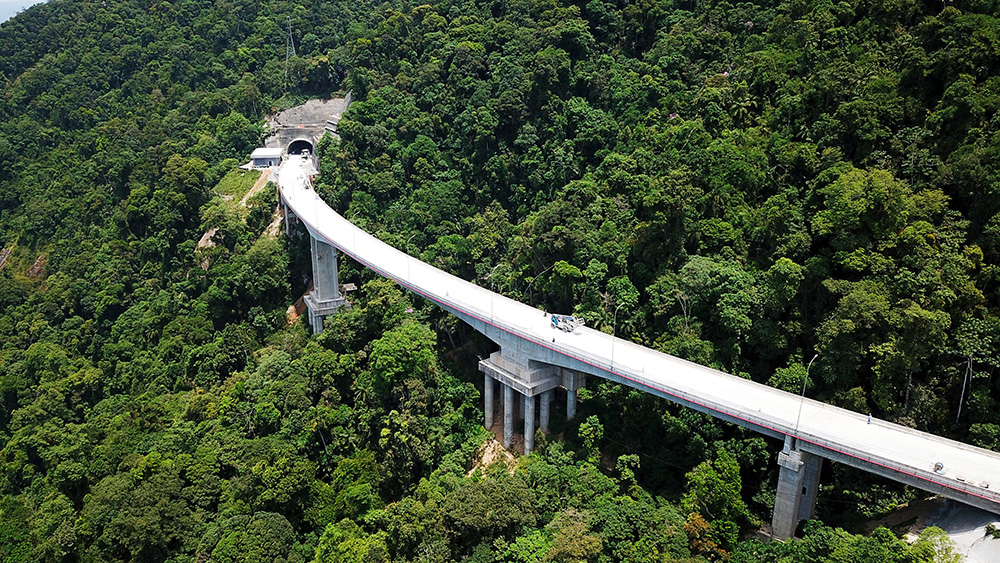
Brazil is a territorial state. And much more than just the rainforest of the Amazon or the Sugarloaf Mountain of Rio. Along the east coast, a mountain range nestles against the narrow Atlantic coast. It not only forms a climatic bulwark, but also stands defiantly against any traffic flows.
Four new tunnels are to make the 82 kilometer long and winding Rodovia dos Tamoios faster and safer for traffic between the coastal town of Caraguatatuba and São José dos Campos. The road, which is particularly busy on weekends, is considered one of the most beautiful routes through the mountainous coastal rainforest, but also one of the most dangerous. This is because it leads from the heights of the Serra do Mar in daring switchbacks to the coastal lowlands.
Preliminary work at the desk
For Michael Rolf, this is a professional Eldorado. Because when the 28-year-old application and project engineer talks about his job, enthusiasm resonates: “This is exactly the kind of job I started at Phoenix Contact for. In a company that operates all over the world and where I can usefully contribute my skills in an international environment.” But before heading across the Atlantic, extensive preparatory work was on the agenda at the desk at home in Bad Pyrmont: “Even beforehand, I was in close contact with the Brazilian colleagues and also coordinated with the Belgian competence center in which Phoenix Contact bundles its tunnel projects worldwide. After all, we from Bad Pyrmont only come into play when it comes to automating the new systems.”
Rolf explains, “We supply fully developed control cabinets. The control system is already programmed so that it only needs to be parameterized on site on the control panel of the cabinet.” To make on-site installation as quick as possible, the team has developed a complete solution range of connection and supply cabinets for the luminaires. This includes ready-assembled and marked cables with connectors. “Work in the Brazilian tunnels was 24 hours a day, seven days a week. There were more than 1,000 people on the site. This is a huge project and the time pressure is great.”
Caution at entrances and exits
The Rodovia dos Tamoios requires particularly concentrated driving. Not only because it is curvy, but also because drivers’ eyes have to keep getting used to light and dark in the tunnels. Light outside, darker inside. “When it comes to lighting in a tunnel, the first thing we have to do is avoid the black hole effect. This means that we dim the lighting according to the current lighting conditions so that the eyes get used to the darker environment in the tunnel. If the contrast were too great, you would only see black and then accidents can quickly occur,” explains Michael Rolf. “In the best case, drivers don’t even consciously notice how we adjust the brightness in the individual areas of the tunnel.”

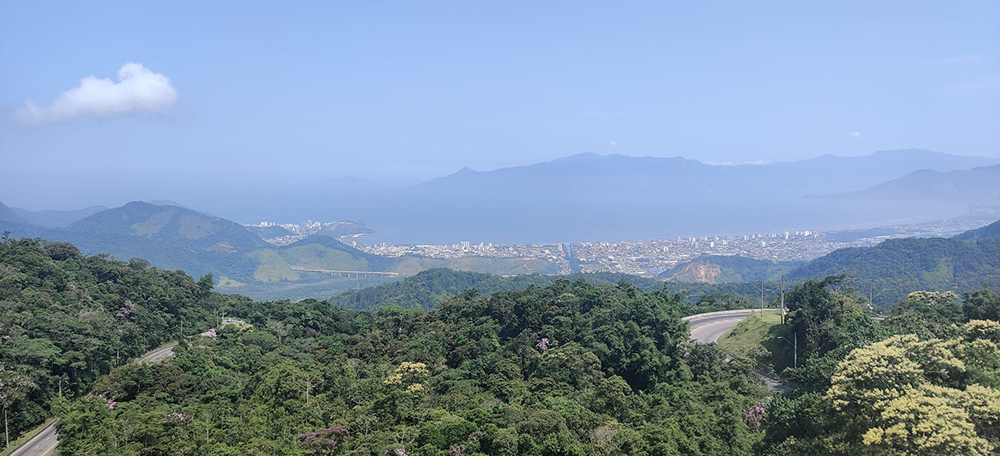
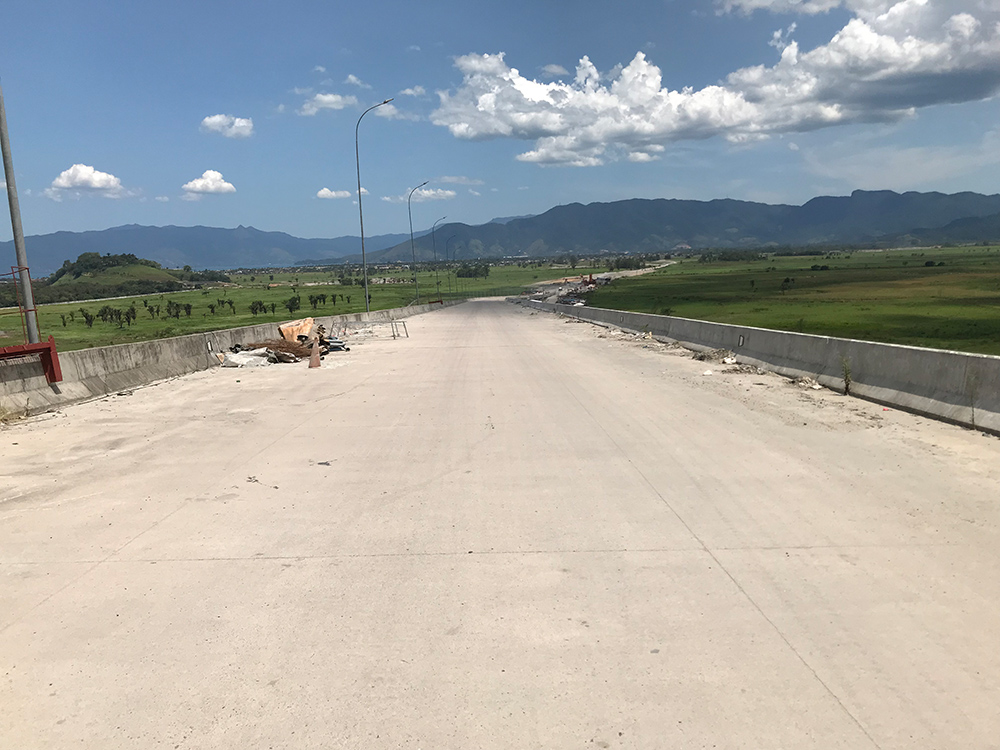
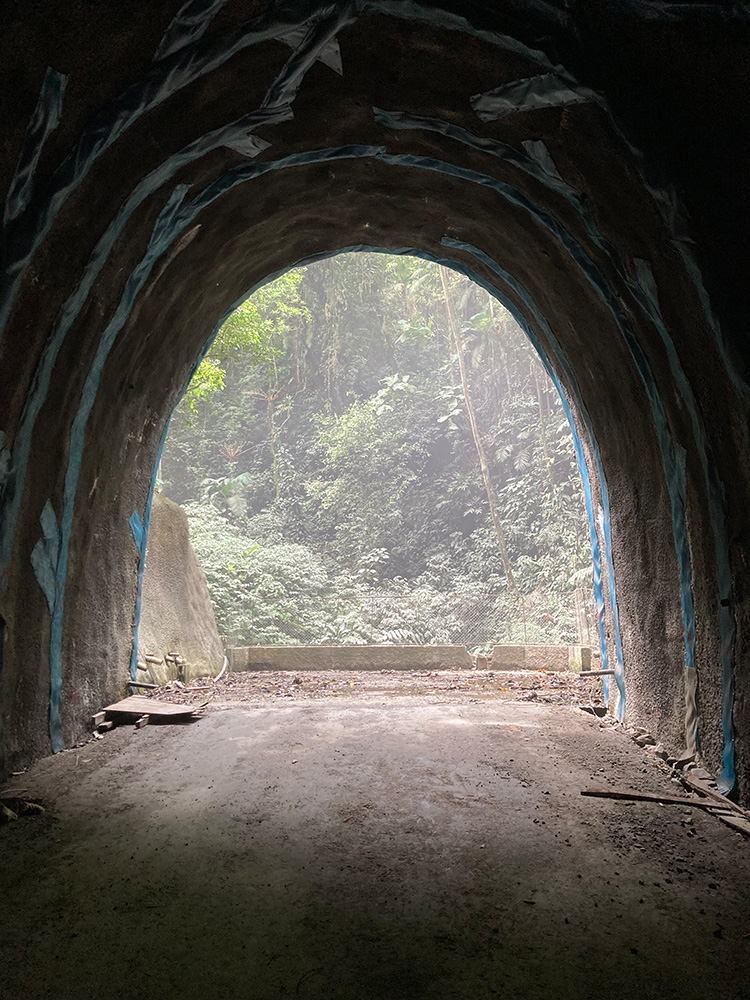
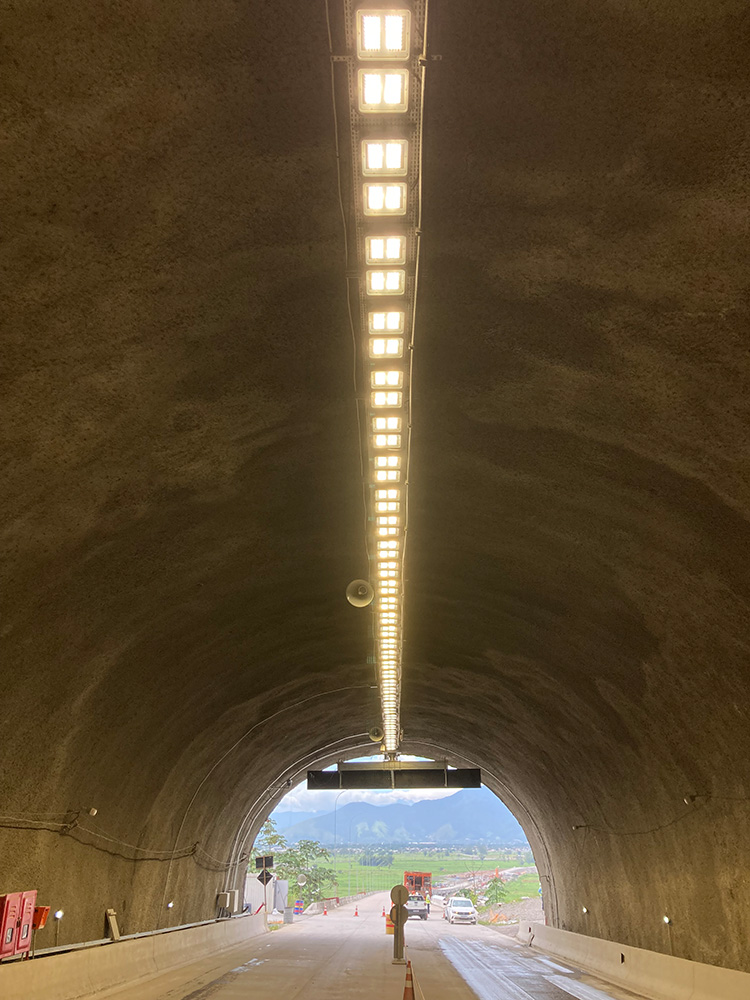
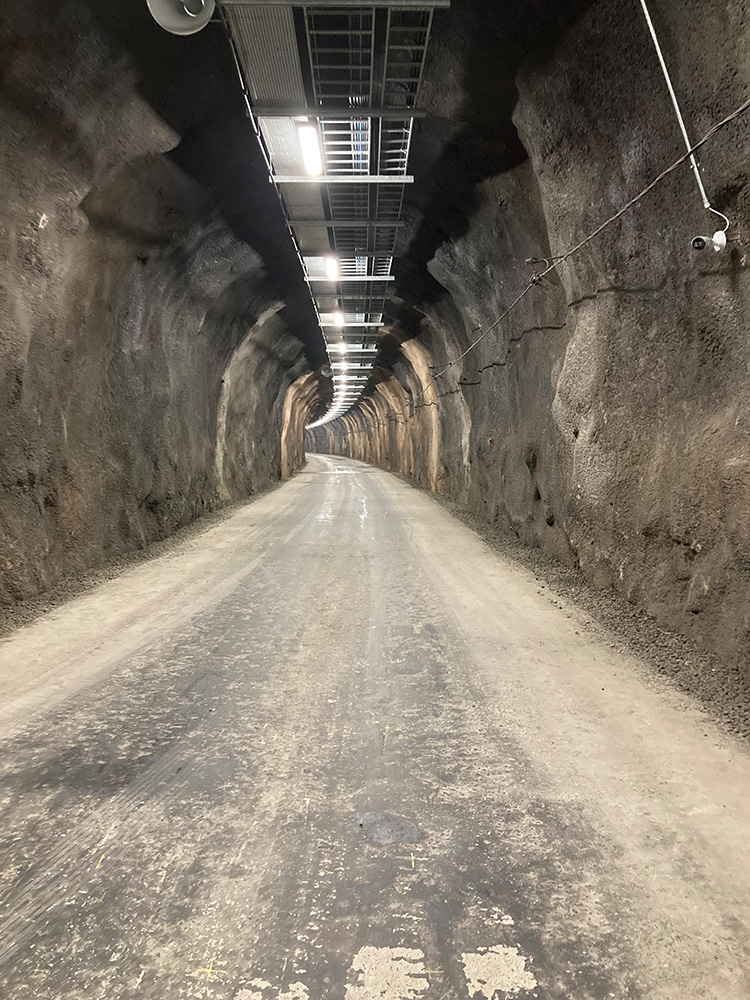
The main goal was to be able to operate the LED luminaires of the Belgian manufacturer and specialist for LED luminaires Schréder efficiently, save energy and still have a high availability as well as monitoring of the individual LED luminaires. When the lighting needs to be heavily dimmed – at night, for example – the control system turns off certain luminaires and dims the remaining ones higher accordingly. This increases the service life of the LED luminaires, optimizes the power factor and reduces reactive power. In addition, factors such as cleaning, intervals or age-related losses are even taken into account.
For this purpose, Schréder has integrated the Lumgate activation electronics from Phoenix Contact directly into the luminaires or the associated driver boxes. In this way, the current in each individual luminaire can be measured and monitored. The control of the individual LED luminaires can be defined individually for each light point. 50 predefined scenarios provide optimal control, and can even respond to spontaneous events through higher priority events, such as an accident in the tunnel.
The system is designed in such a way that even without a connection to the tunnel control system, the lighting continues to function faultlessly. Even if the entire network fails, the various systems continue to operate independently. If ventilation or drainage are also to be integrated into the automation system, this can be done without great effort or complex adjustments.
Completion on site
After a lot of preparatory work and various electronics meetings, the final tasks on site were finally on the agenda. “I was already familiar with the technology on site, but the actual impressions were completely different. When we drove out of the first tunnel and saw this beautiful landscape, it was breathtaking. It was warm and there was a haze hanging on the mountains and over the trees.”

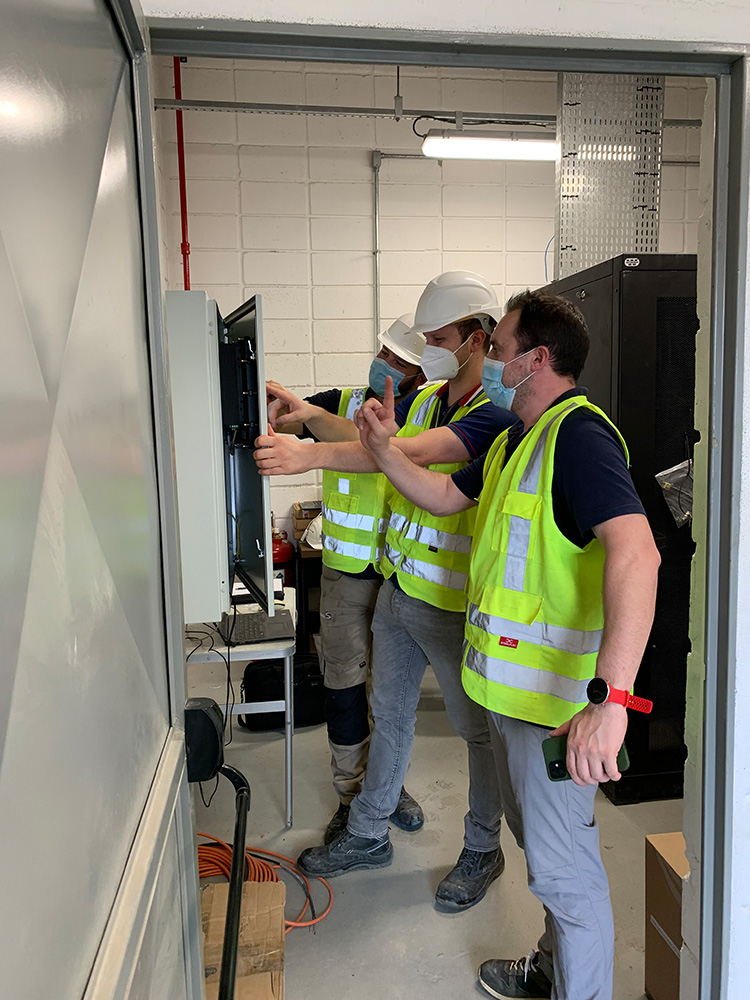
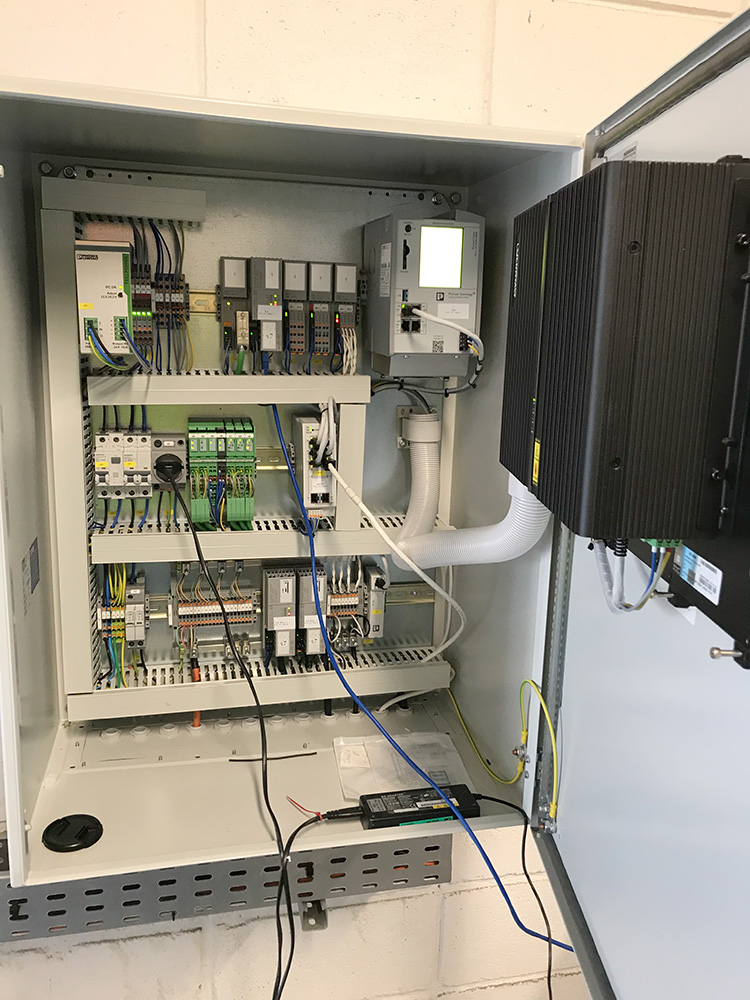
The Phoenix Contact and Schréder team was six strong and international: one Chilean, two Brazilians, two Belgians and Michael Rolf as the German. “The contact on site simply cannot be compared with mails and team meetings. It’s crucial to get a picture directly with the colleagues, to exchange ideas and then also to know exactly which framework conditions can still have an influence on installation, commissioning and later regular operation. I also need that moment when I go out and see that my code controls entire tunnel systems. That’s always fascinating,” says Michael Rolf. “You have to remember that the people who use the tunnels later trust our technology. Therefore, it has to work smoothly.”
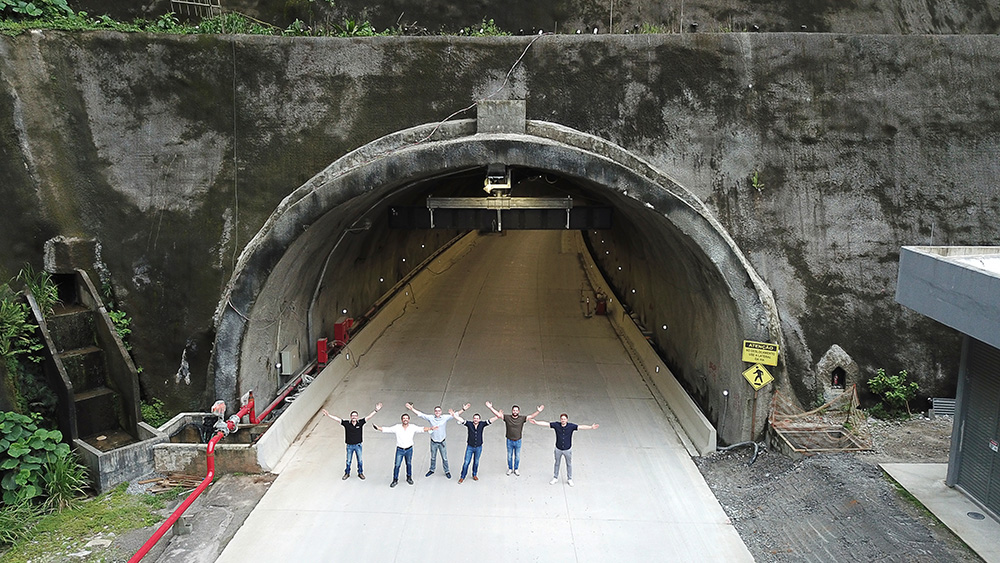
Rodovia dos Tamoios (portuguese)
Phoenix Contact Tunnelbeleuchtungssysteme
